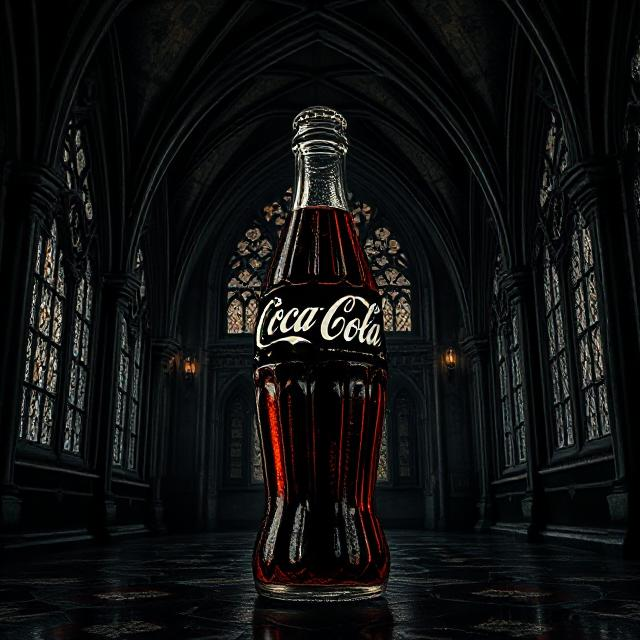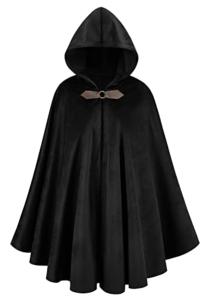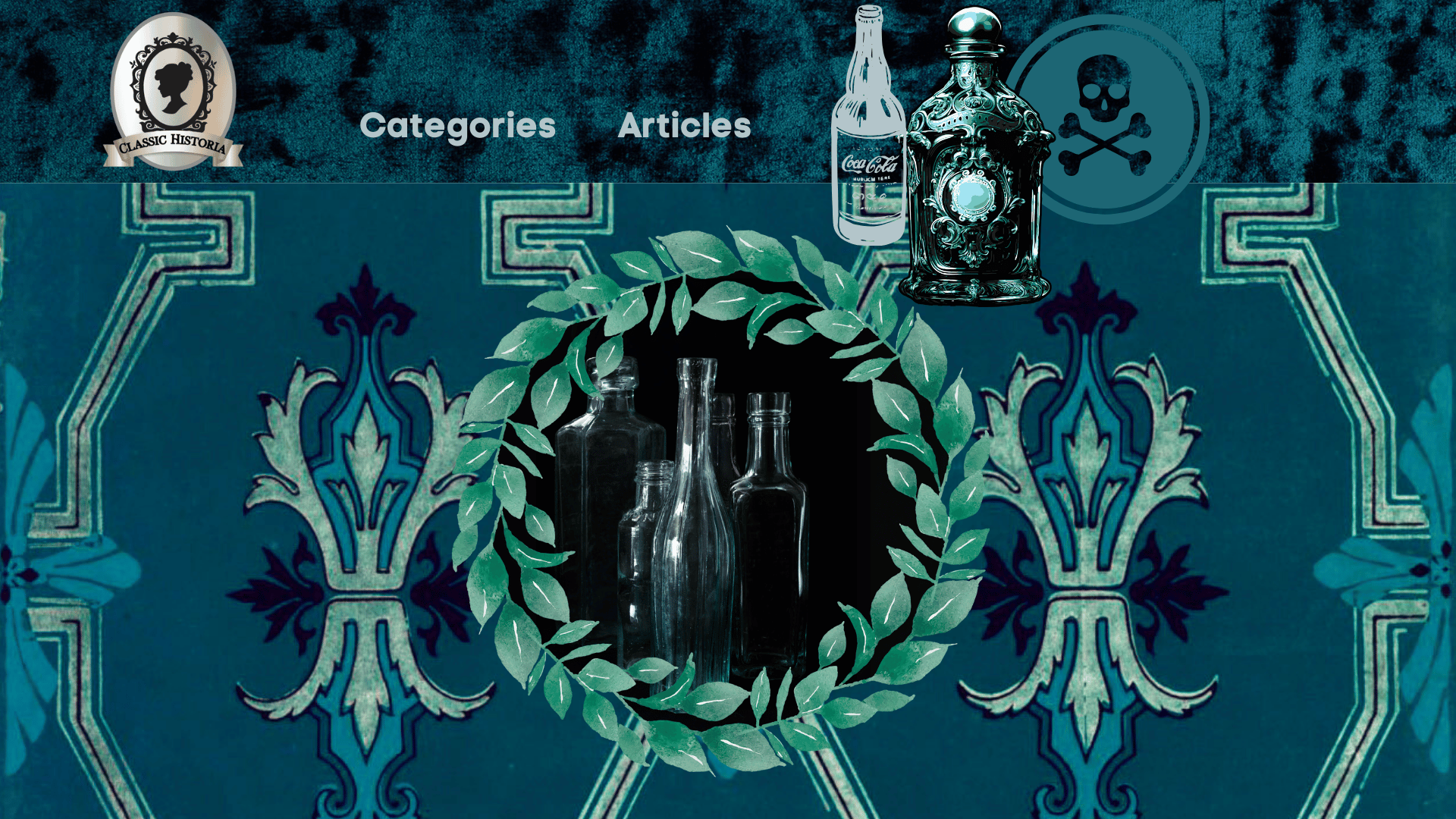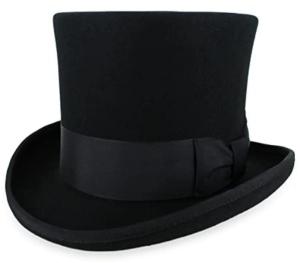The History of Cocaine in Soda

Soda, particularly the iconic Coca-Cola Company, has an intriguing history that might surprise many today. When it was advertised and merchandised as a patent medicine in the late 1800s for medicinal use, Coca-Cola's original formula contained a key ingredient that is considered highly controversial—cocaine. This was a time when the dangers of cocaine were not yet widely understood, and its perceived medicinal properties were heavily promoted.
Cocaine made its way into soda formulations in the 1880s. Coca-Cola, invented by Dr. John Stith Pemberton in Atlanta, Georgia, is perhaps the most famous example. Pemberton, with a medical profession as a pharmacist, originally marketed the name Coca-Cola as a health tonic, claiming it could cure various ailments. The drink contained coca leaf extract, which naturally includes cocaine, along with caffeine from kola nuts. Together, these ingredients provided a stimulating and energizing effect that quickly gained popularity.
At the time of its creation, the original recipe of Coca Cola contained an estimated nine milligrams of cocaine per serving. Although present in small amounts, this quantity was relatively minor compared to other medicinal tonics of the era, yet still potent enough to enhance the invigorating effects that made the beverage so popular. It wasn't until the early 1900s, amid growing awareness and criticism of cocaine's addictive properties, that the coca leaf extract used in Coca-Cola was decocainized to remove the narcotic substance while maintaining its flavor profile. As a result, the beverage was marketed solely as a refreshing drink rather than a health tonic. Despite this change, Coca-Cola continued to use coca leaves as a flavoring agent until the 1920s, when they switched to using "spent" leaves that no longer contained cocaine.
Why Was Cocaine Used?

At the time, cocaine was considered a wonder drug with numerous medicinal uses. It was commonly prescribed by doctors for everything from fatigue to depression. By including coca leaf extract in soda, manufacturers touted their beverages as revitalizing and healthy. For Coca-Cola specifically, the combination of cocaine and sugar created a product that was not only addictive but also euphoric for its consumers. This combination proved to be a huge success, leading to the rapid growth and popularity of Coca-Cola.
However, critics argue that the inclusion of coca leaf extract and its marketing as a "temperance drink" may have been less about genuine medicinal benefits and more about capitalizing on the trends of the time. The late 19th century saw a surge in patent medicines and "wonder cures," many of which were unregulated and exploited public trust for profit. Coca-Cola’s early formula, with its stimulating ingredients, fit perfectly into this booming market. By branding the drink as both refreshing and health-enhancing, the company tapped into a lucrative opportunity, leveraging consumer enthusiasm for "modern" remedies. While the euphoric effects undoubtedly contributed to its appeal, some question whether the motivation behind the product was rooted in wellness or simply commercial success.
- Cocaine was perceived as a medicinal ingredient during the late 19th century, touted for its stimulating and euphoric effects.
- It was believed to enhance energy and alleviate fatigue, making it a popular additive in various tonics and elixirs.
- Cocaine was commonly used as a local anesthetic in medical procedures, particularly in surgeries involving the eyes, nose, and throat, due to its numbing properties.
- Cocaine was considered a wonder drug during its early use, celebrated for its supposed ability to treat a wide range of ailments, from depression and anxiety to indigestion and chronic pain.
$12.99
4.69 out of 5 starsVictorian Etiquette for Modern Families and Friends
Discover Timeless Manners and Thoughtful Practices That Strengthen Relationships in Today’s World
Product information
Product Review Score
Product links
The Downfall of Cocaine in Soda

Despite its initial success, cocaine use in soda eventually came under scrutiny and became a major public health concern. As more research was conducted on the negative effects of cocaine, concerns grew about its addictive nature and potential for abuse. This led to pressure from various groups, including government agencies and temperance movements, for companies to remove cocaine from their products.
The turning point in the history of coca products came in 1914 with the enactment of the Harrison Narcotics Tax Act in the United States. This drug act legislation was designed to regulate and restrict the production, importation, and distribution of narcotics, including coca-based products. As public awareness of the dangers associated with substances like cocaine grew, the Harrison Act marked a significant shift toward stricter control of addictive drugs. Companies were pushed to reformulate their products, removing cocaine and seeking alternative ingredients to comply with the new law and protect public health.
Interesting Fact:
From 1886 to 1959, a bottle of Coca-Cola was sold for just 5 cents. This remarkably stable price remained unchanged for over 70 years, even during periods of significant economic fluctuation like the Great Depression and both World Wars. The nickel price became a part of Coca-Cola's identity, cementing its reputation as an affordable and accessible treat for the masses.
The Shift to Caffeine: How Was the Drug Cocaine Eventually Removed?

Scientific advancements and growing awareness about the addictive and harmful effects of cocaine led to increased scrutiny around its use. By the turn of the century, public concern began to rise. In response, Coca-Cola gradually reduced the cocaine content in its formula, starting in 1904. By 1929, advances in extraction techniques allowed the company to completely remove cocaine from the coca leaf extract used in the drink. Since then, Coca-Cola and other sodas have relied on caffeine as the primary stimulant.
As the use of cocaine in Coca-Cola came under scrutiny, the company had to find an alternative ingredient that would still provide a stimulating effect. This is when caffeine became the new go-to ingredient for soft drink companies.
Caffeine, a naturally occurring substance found in plants like coffee beans and tea leaves, has been used for centuries as a stimulant. It was first isolated and identified as a chemical compound by German chemist Friedlieb Ferdinand Runge.
Although it has been over a century since cocaine was removed from sodas, the historical association continues to intrigue and shock many. This chapter in soda's history serves as a reminder of how scientific understanding and societal perceptions evolve over time, shaping the products we consume and the regulations that govern them.
$89.95
4.69 out of 5 starsTheater-Quality Black Wool Felt Top Hat
Elevate Your Style with This Luxurious Black Wool Felt Top Hat
Product information
Product Review Score
Product links
Comparative Timeline of Changes in Soda Ingredients
|
Year |
Event |
Impact |
|---|---|---|
|
1880s |
Cocaine was first used in soda formulations |
Extracted from the coca plant, used for perceived medical uses and health benefits |
|
1880s |
Caffeine content introduced: Kola Nuts |
Used for flavoring and source of caffeine |
|
After 1904 |
Cocaine removed from Coca-Cola |
Shift towards safer and regulated ingredients |
|
1980s |
Artificial sweeteners gain popularity |
Provided low-calorie options for consumers |
|
2000s |
Focus on natural and organic ingredients |
Response to consumer demand for healthier soda |
Like this article? Discover more at Classic Historia for a deeper exploration into the past that has shaped our world.
Stay connected with Classic Historia and discover more timeless treasures by following us on our social media platforms:
Business Phone Number:
(833) 222-7544
Business Address:
Classic Historia
1220 Oak Street, Suite J PMB1007
Bakersfield, CA 93304-1072
United States












